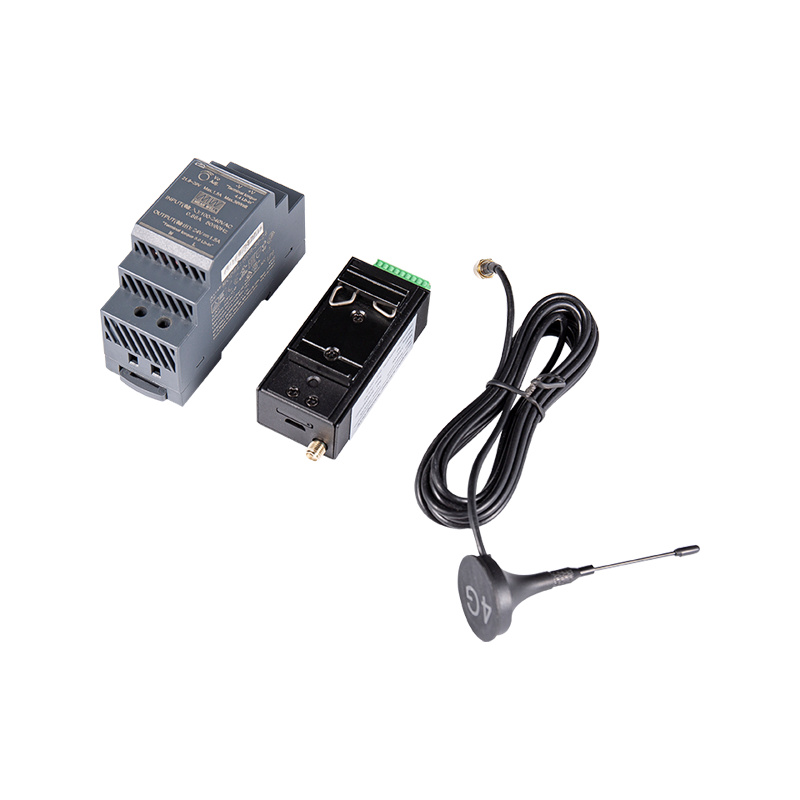Author: Admin
Date: Mar 07, 2024
Din rail energy meters using pulse outputs are a very common technology
Pulse output is a very common technology used in DIN rail energy meters, and it is widely used in various applications. The energy meter will generate pulse signals at fixed intervals according to the user's power consumption, and the number of pulses is proportional to the power consumption. These pulse signals can be transmitted through an interface connected to an external device (such as a data logger or remote monitoring system).
Pulse output is a very useful function provided by energy meters, which allows users to easily record and monitor their power consumption. By connecting to a data logger or remote monitoring system, users can track and record the pulse signals of the energy meter in real time, so as to understand their power consumption status. This is especially important for some applications that need to monitor energy consumption, such as energy consumption monitoring in industrial production or energy management in commercial buildings.
The working principle of pulse output is very simple. The sensor inside the energy meter will generate a fixed number of pulse signals according to the user's power consumption. These pulse signals are transmitted through an interface connected to an external device. The external device will receive these pulse signals and count and record them according to their number. By associating with time, the actual value of power consumption can be calculated.
There are many benefits to using the pulse output function. First, users can monitor and record their power consumption in real time. This enables them to better manage their energy consumption to optimize energy use and reduce costs. Second, the pulse output function can help users better understand their energy usage patterns. By analyzing the patterns and frequencies of pulse signals, users can identify peak and off-peak power consumption periods, so as to formulate corresponding strategies.
In addition to monitoring and recording power consumption, pulse output can also play a role in other aspects. For example, it can be used for communication between the energy meter and other devices. Many systems and devices can communicate with the energy meter by receiving pulse signals and make adjustments as needed. This communication can be used to monitor the status of the energy meter in real time or to perform remote control.
Pulse output is a very useful function of DIN rail energy meters. It allows users to monitor and record their power consumption in real time and achieve smarter energy management through communication with other devices. This function plays an important role in improving energy efficiency, optimizing energy consumption and reducing energy costs.





